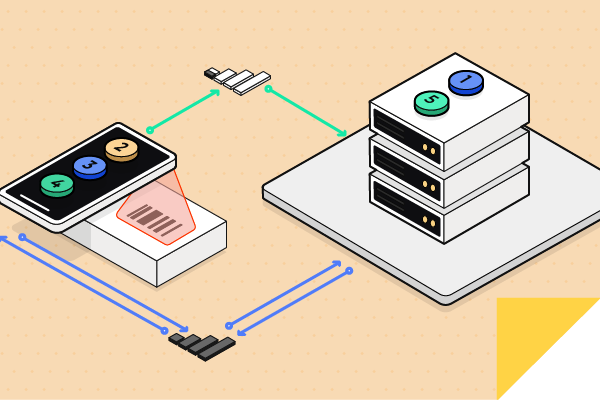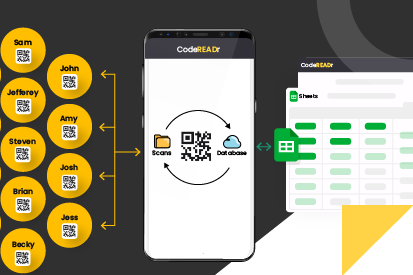March 28, 2017 • 10 min read
Enhancing Airport Security with Advanced Barcode Scanning
CATEGORIES
SOCIAL SHARE
Scan IATA Bar Coded Boarding Pass (BCBP)
In today’s travel industry, ensuring the security and safety of passengers is paramount. With the integration of barcode scanning technology, airports and airlines have a powerful tool at their disposal to enhance security measures. Barcode scanning of IATA (International Air Transport Association) Boarding Passes (BCBP) is a key innovation that allows for the efficient and accurate verification of passenger information against global watchlists. This technology is especially crucial for identifying individuals on terrorist or other security watchlists, ensuring they do not bypass security checks at any point of embarkation, regardless of the port’s size.
The Role of Affordable Technology in Secure Travel Verification
The deployment of barcode scanning for IATA boarding passes is facilitated by the widespread availability of affordable Android OS devices. This accessibility ensures that every passenger can be swiftly and accurately ‘validated’, significantly reducing the risk of a security threat exploiting weaker points in the airport’s vetting process. The efficiency and effectiveness of this system are further enhanced through the use of simple yet advanced technologies like image verification. By scanning the boarding pass, security personnel can instantly access a photo of the passenger, either through the boarding pass itself or linked national ID documents. This process not only streamlines the security checks but also integrates seamlessly with visa verification procedures in certain cases.
Key Applications of Barcode Scanning in Air Travel
- Border Control: Barcode scanning technology is instrumental in border control operations, allowing for the quick validation of passengers’ identities and travel documents.
- Aircraft Access: Ensuring that only authorized passengers board the aircraft is streamlined with barcode scanning, enhancing onboard security.
- Duty-Free Shopping: Scanning boarding passes enables duty-free shops to verify passengers’ eligibility and prevent fraud.
- Lounge Access: Airline lounges can use barcode scanning to record or validate entry, ensuring that access is granted only to eligible passengers.
Future Directions: Barcode Scanning in Enhancing Travel Experience
The adoption of barcode scanning technology for IATA boarding passes is a testament to the aviation industry’s commitment to leveraging digital innovations for improving security and operational efficiency. By integrating these systems, airports and airlines not only safeguard passengers but also enhance the overall travel experience through faster and more reliable verification processes. As the industry continues to evolve, the role of barcode scanning in enhancing airport security and passenger convenience will undoubtedly expand, setting new standards for safety in air travel.
Embedded Data and Parsing
The most common BCBP barcode types include PDF-417 for print and Aztec for mobile. Here’s an example of the data embedded in a PDF-417 IATA Boarding Pass:
M1SMITH/JOHN ECV7UGB MLADXBEK 0110 321J010K0072 337>1082WO6321B291762184866292 EK 447730916
Here’s an example of the data parsed from the barcode:
SURNAME=SMITH
NAME=JOHN
FROM_AIRPORT=MLA
TO_AIRPORT=DXB
FLIGHT_CODE=EK 0110
JULIAN_DAY=321
Note: The TICKET_NUMBER=1762184866292 is not parsed in this example but it can be with a slightly different structure of the pattern and replacement regex for parsing (see below).
Pattern
^.{2}([sS]*)/([S]*)([sS]*)([S]{3})([S]{3})([sS]{7})([S]{3})([sS]*)$
Replacement
SURNAME=$1
NAME=$2
FROM_AIRPORT=$4
TO_AIRPORT=$5
FLIGHT_CODE=$6
JULIAN_DAY=$7
Pattern is based on the label
^[sS]*LABEL=([sS]*?);[sS]*$
FLIGHT_CODE label example
^[sS]*FLIGHT_CODE=([sS]*?);[sS]*$
Replacement
$1


